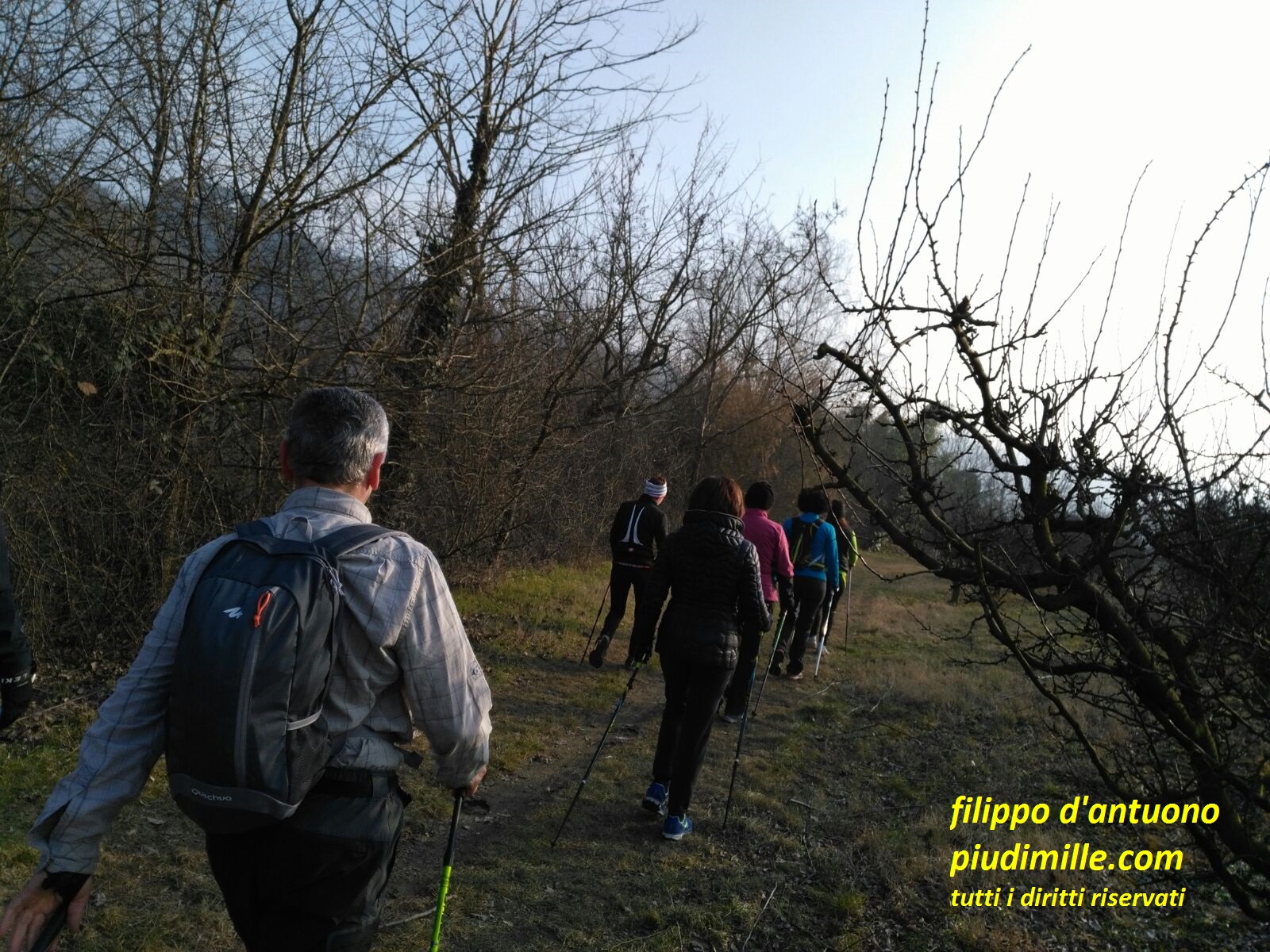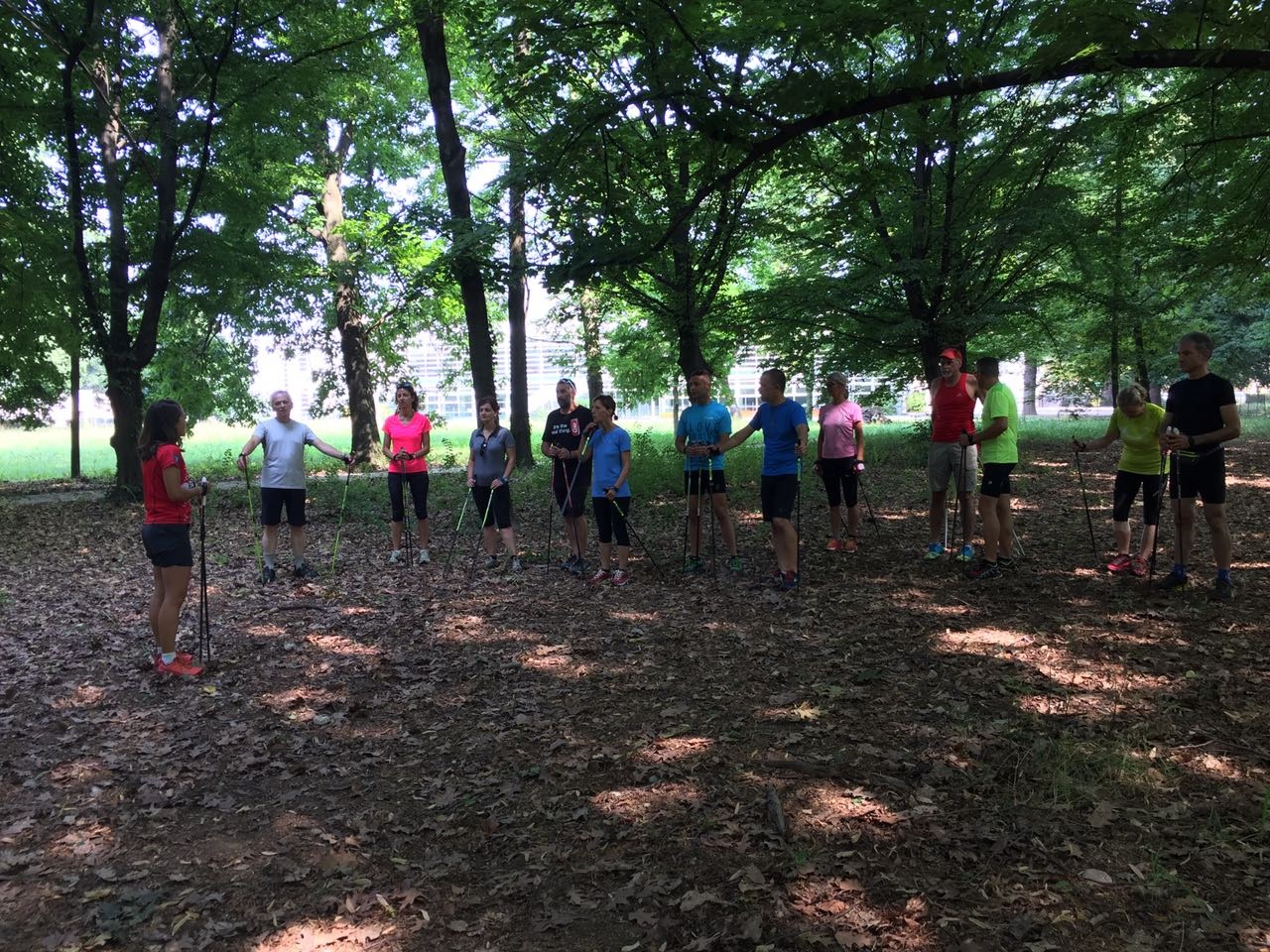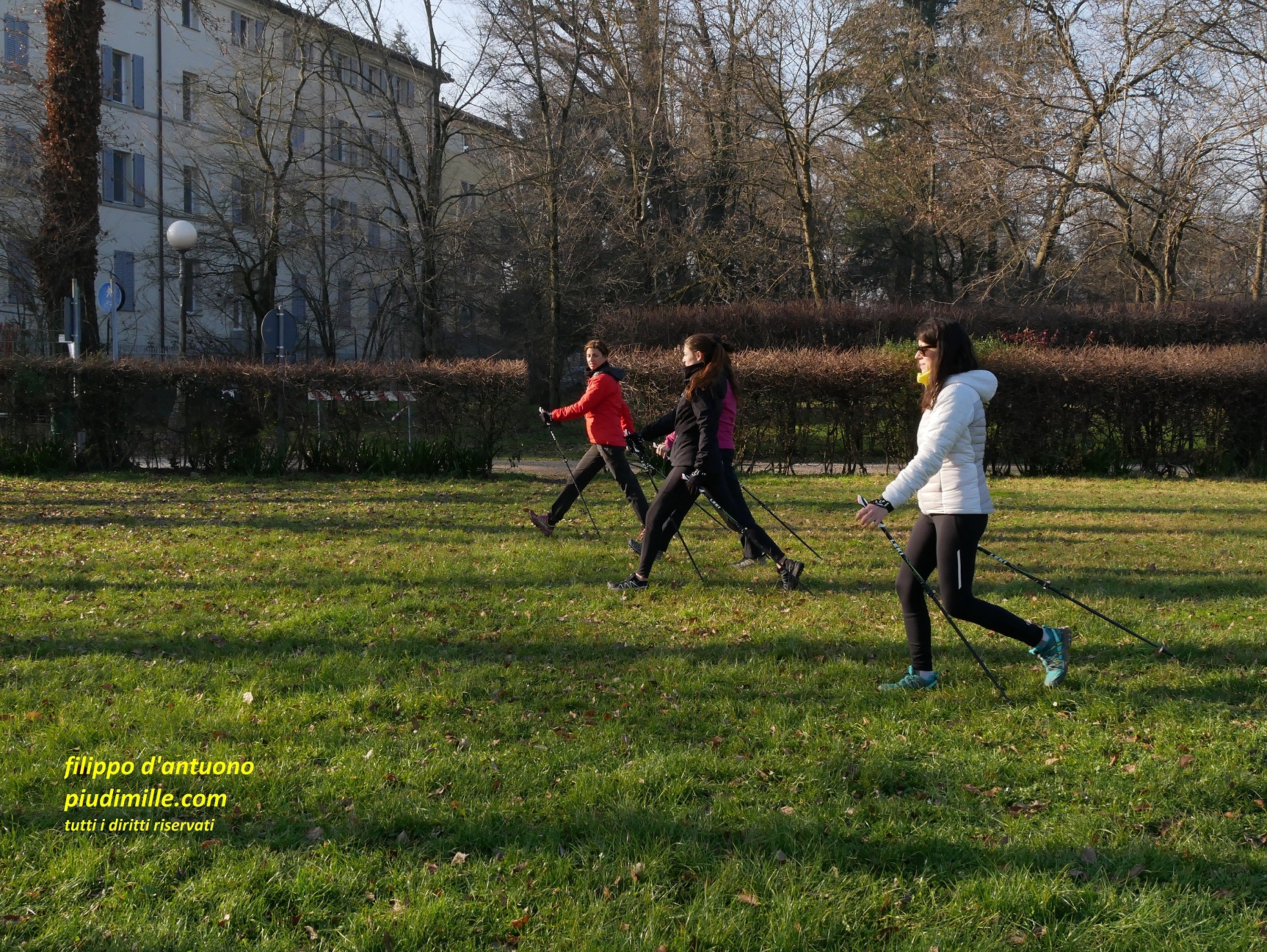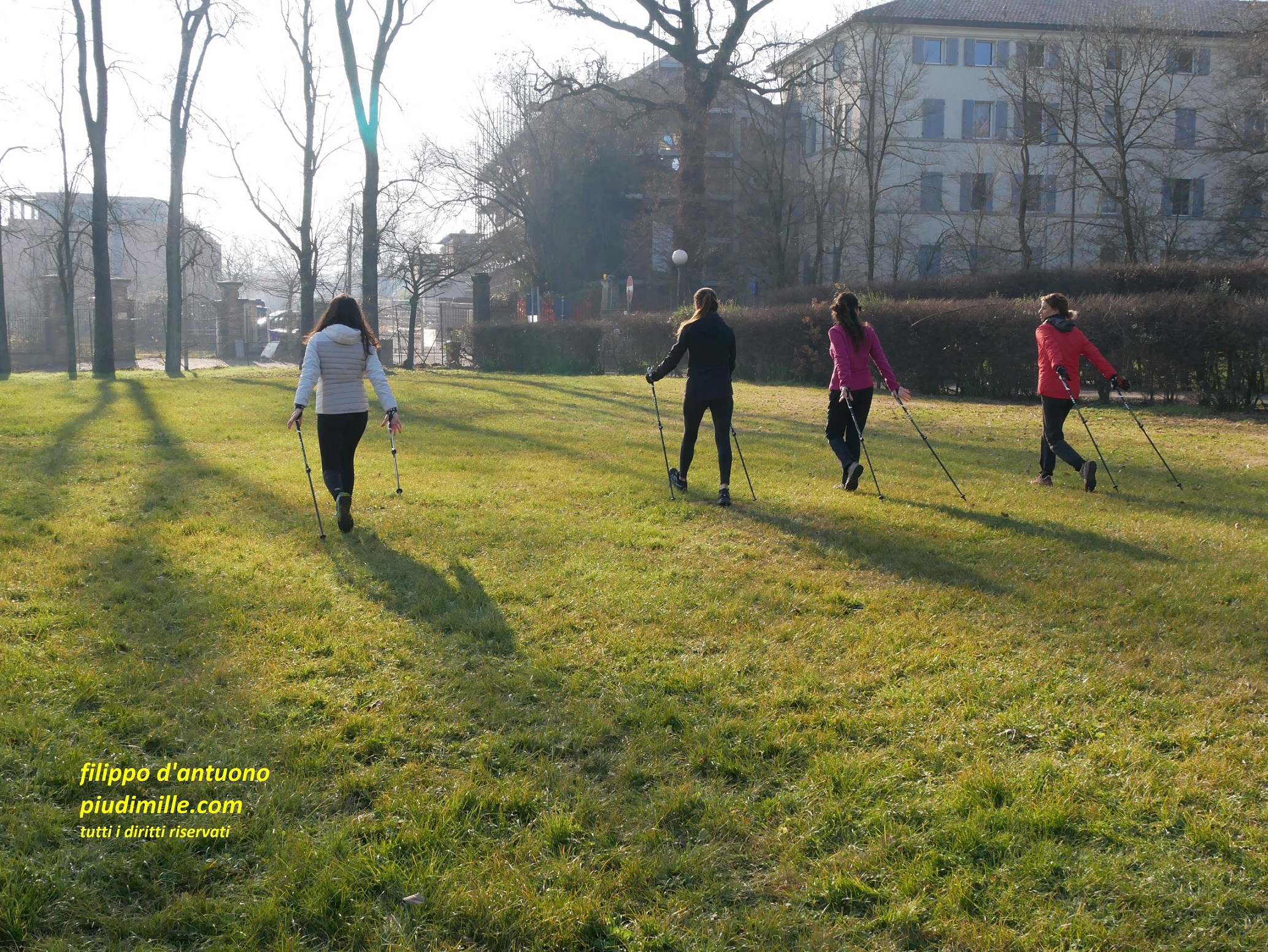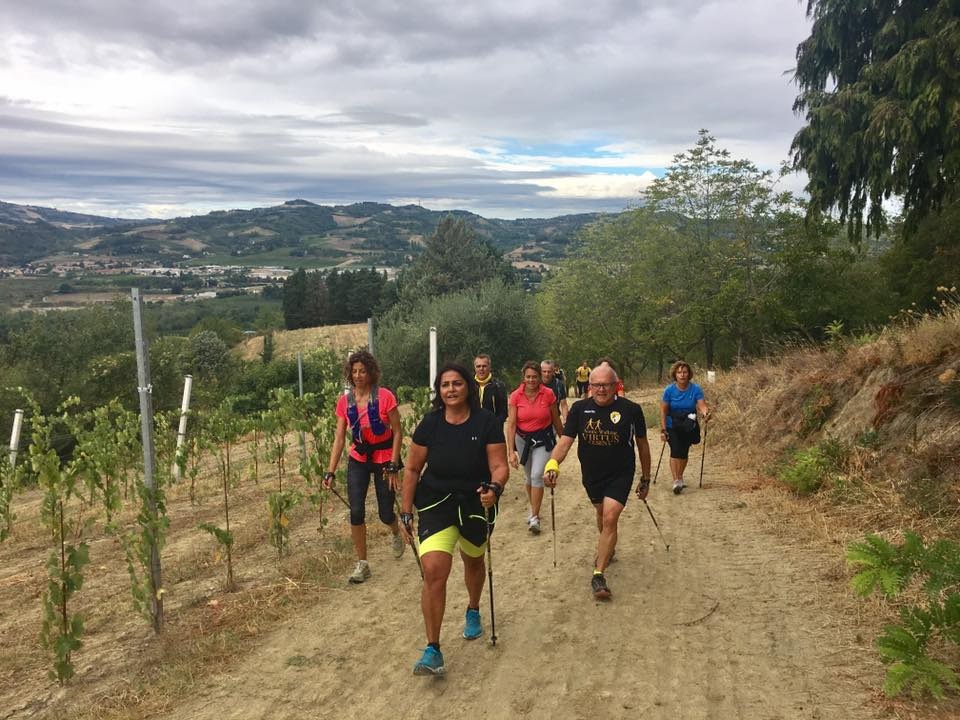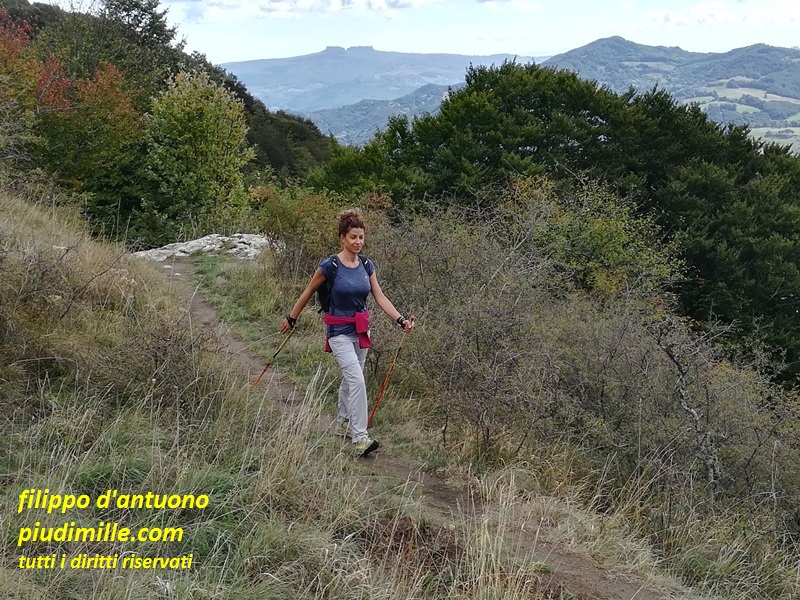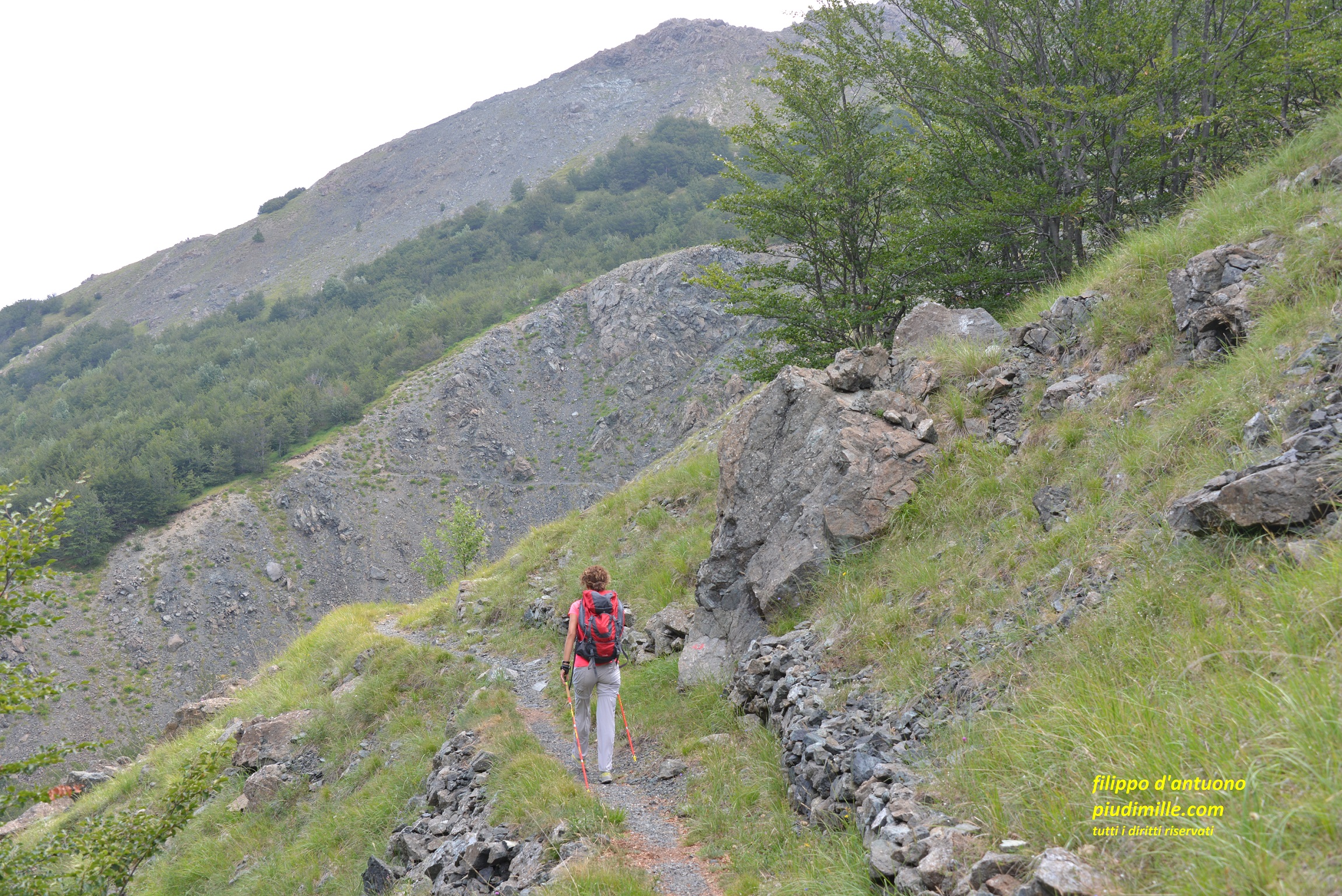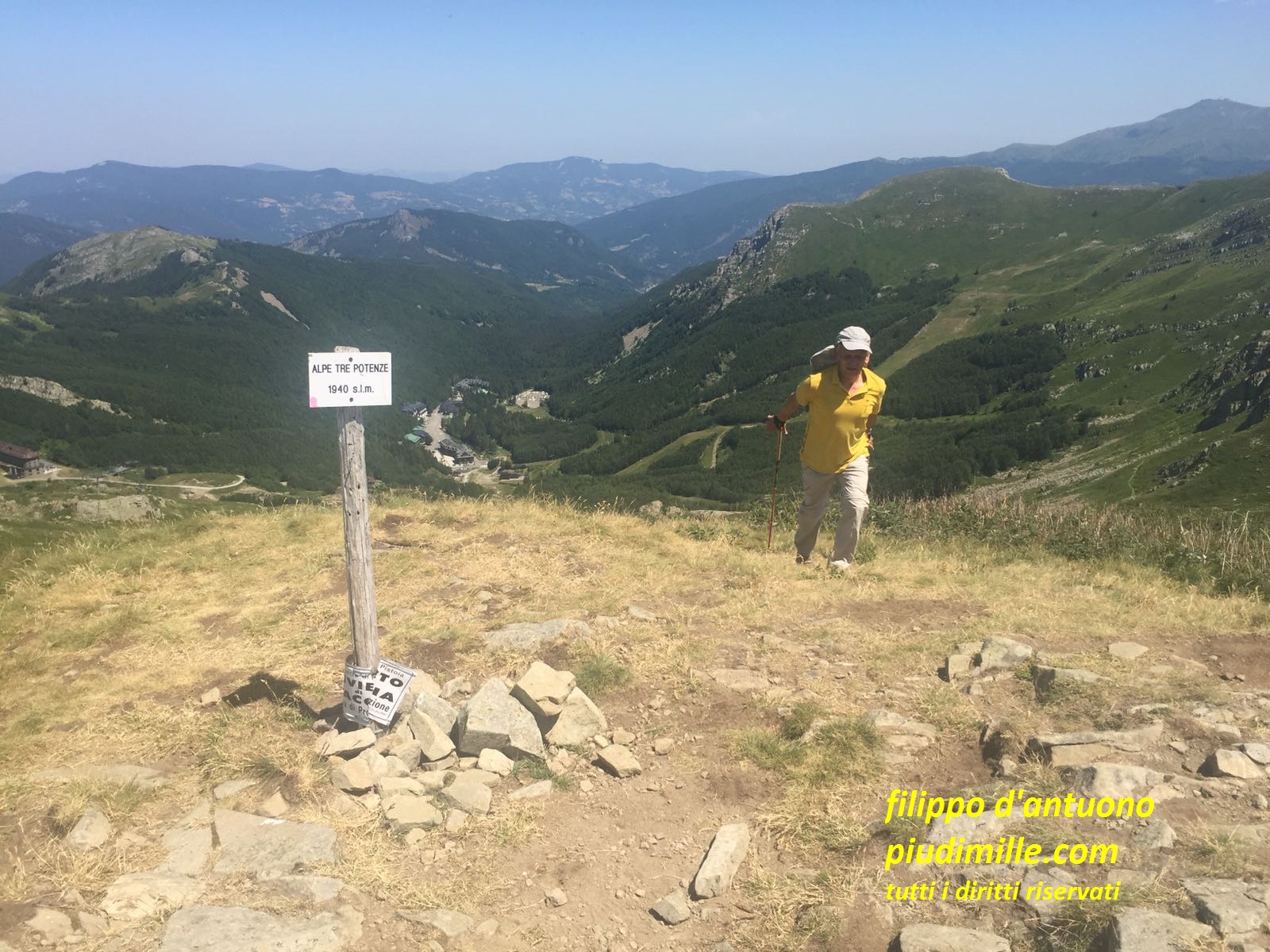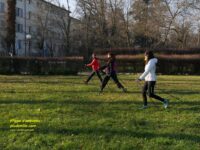NORDIC WALKING
Introduction
Nordic walking is a well consolidated discipline, so you find here simply an introductory overview of some characteristic facts and features, accompanied by personal reflections about how Nordic walking could integrate other activities, and some suggestions coming from my experience, so far.
Nordic walking: what is it
Here is an outline of Nordic walking history. Its definition is more or less the following: “it is a natural walk, supported by the use of specific poles, as a means of progression “.
And indeed, this synthetic definition includes almost the whole Nordic walking essentials. And here I start to add my personal feelings, the ones that led me to appreciate this way of walking, perhaps well beyond what the formal definitions could tell.
– A “natural walk”. Yes, to practice Nordic walking well, we must recover a certain way of walking. Nowadays, many of us use walking as a must to do thing, complementary to many other things we do at the same time: hold our working or shopping bags, speak on the mobile phone, often constrained into not suitable shoes, and many other things. We mostly lost the interest to optimise our walk for its original goals, that is for efficient displacement.
As “natural” walk, we intend just this: something that we mainly lost and, therefore, could initially sound as unfamiliar, may be, un-natural. A process that substantially consists in the recovery of the coordination of all parts of our body, and of their correct contribution to the act of walking.
– The poles. Here, there is another small revolution. We often consider the poles as help and support for walking impairments. Or, at best, as a support for hiking in the mountains, in which case what we often see is an inappropriate use of poles. In Nordic walking, we do not lean on the poles, but actively use them to push us forward; but we speak about this again in the next paragraph. I’d like to stress that, in Nordic walking, the use of the poles is also strictly finalised for the purpose we mentioned, that is, to learn again to walk in a certain way. The two things go together: if we do not succeed to walk “well”, we cannot properly use the poles; and, if we fail to use the poles well, we will not be able to properly walk. This is a kind of loop that cannot be broken, no matter: all or nothing.
– The push of the poles. We can often see people using poles just for fun (so not the ones using crutches for need), carrying poles ahead of them, just like a probe to explore the ground. So, it can happen that they look at us in a strange way, when they see us using our Nordic walking poles to push us from the back. And here is the fun. Pushing, means to apply a force; we use the poles with our arms, so we apply the force with the muscles of the upper part of our body, the ones normally not involved in walking. With Nordic walking, we use these muscles, as well: but, we need to learn how to use them properly.
;
Nordic walking: what it does
You will read a lot of information also about the putative health benefits of NW, also as a remedy of specific problems.
But, since I do not have a sanitary background, I will not add further word about these aspects. But, please consider that NW is a physical activity, having all the related possible benefits and drawbacks, with some specific characteristics:
– it will be beneficial, if you are able to practice it correctly, and have a progressive fitness level, proportionate to the intensity you wish to reach; otherwise, as almost all sports, NW may cause some problems.
– NW is anyway far less traumatic than many other sports, even much more commonly practiced, like, as an example, running; not to speak of the competitive team sports, like football, volleyball etc.
– NW makes you use plenty of muscles and joints, and this is among its very positive aspects. However, you may realise that the existence of many of these muscles and joints was almost unknown to you; by consequence, you have to do some training to use them well; again, acquiring a correct technique is fundamental to avoid nasty injuries.
– as for all the physical activities, preventively go through a medical check-up, especially if you come from a mainly sedentary way of life.
And now, some less formal, more personal feelings I had during my approach to NW:
– you can go out and walk almost everywhere there is a park, a country road; you do not need anything else but your poles;
– if you learn the technique well, you will really feel the response of your body, getting more friendly with you;
– so, walking with NW is a kind of training, but also an exercise of coordination and, if we you do it well, a potent way of relaxation; or, better, there is a synergy: to do NW well you must be relaxed and abandon all tensions, so NW helps you in attaining this status;
– personally, NW gave me a different perspective also in the use of poles, the key of which is their pushing forward action; this action must therefore be maintained until the ground condition allow, together with the other characterising NW gestures; and, when the conditions are not suitable anymore, the backwards extension of your arms is the last things to be lost.
Nordic walking: how to do
First of all, attending an entry level course is necessary to begin; and most people will also need a follow up under the supervision of an instructor.
Because of this pre-requisite, I here add only few essentials:
– you need poles; after your initial approach, choose the more suitable for you. For an “excursionistic” NW practice, the telescopic, or even the fractionable models are a must;
– shoes must have a sculptured but flexible soles; shoes high one your ankle are not very suitable;
– your steps will be ample but natural, avoiding any forced movements;
– your feet must “roll”, so, impact the ground with the heel, then do a “cradle” movement, to end the action on the tip;
– your hip will possibly help your step amplitude, accompanying it with a slight torsion;
– your arms will swing, pivoting on your shoulder joint: there should not therefore be almost any solicitation of the weaker elbow and wrist joints; this is fundamental to avoid traumatic pains;
– for the rest, you must reach a state of relaxation, without any artificial tensions, as you are walking to somewhere attractive and hospitable; this is the condition to make your movement fluid and, after all, this is also the reason why it is said that NW improves your “posture”.
Nordic walking: where to do
Nordic Walking is a walking style; so you may theoretically practice it wherever you can walk; indeed, this is not exactly true: the purists may have a lot to say, with this respect.
A complete and harmonic NW gesture needs some conditions; in particular, a rather smooth ground, with few obstacles, and not too steep gradients; with respect to the organisation, NW is substantially conflicting with bulky backpacks on your shoulders.
So, since this is mainly an hiking site, what is the matter ?
Indeed, as it usually happens, it is possible to seek for compromises. I give you an example: in our places, Nordic walking basically started as a relatively gentle and slow motion activity, giving priority to the amplitude of your steps and a complete push with your poles. Then, all also depends on the points of view of people in leading positions within the different organistations: therefore the “competitive” Nordic walking recently developed, in which the “orthodox” gesture leaves room to the need of augmenting speed.
In the same way, walking uphill and on rough terrain will for sure require some changes, progressively to the point in which the clean orthodox Nordic walking gesture is almost completely gone. Since, however, a correct technical gesture is the best guarantee of efficiency and equilibrium, it will be your concern to preserve it as much as possible. And here again I combine some state of the art facts with personal experience feelings.
– the foot rolling will shorten, going uphill; on very steep slopes, this will also depend on a geometric constraint: you will not be able to impact the ground with your heel first; or, even if you succeed, you should have an enormous strength to do a complete rolling of your foot; with some training, you could however make some progress;
– your step will tend to become shorter, for the same reasons mentioned above;
– the backwards extension of your arms will also tend to be shorter; for what I told you, so that in NW all the movement tend to be strongly connected, this fact can be a rather obvious consequence of the shortening of foot rolling and step. However, do not forget that the purpose of poles is to push us forward; so, try not to abandon a vigorous push with your poles from behind; more, uphill stretches are sometimes the best way to perceive its value. With some practice, you can adequate your step to the propelling force on your poles; but this could be the matter of a dedicated topic;
– kind of ground. On rough and stony ground, things can become more complicated and even an attempt of a correct NW gesture could become quite difficult. If the conditions are not too bad, we can shift from ordinary alternate to parallel gait, allowing a better pole control. But, also in this case, I stop here, for the time being.
PROGRAMS
Nordic and Speed walking package La Spezia
Nordic and Speed walking package La Spezia - can be booked by groups, operators, organisations A "package"
Nordic walking entry level course La Spezia
Entry level Nordic walking course La Spezia - available on booking of groups, operators, organisations Nordic walking entry
Nordic and Speed walking entry level courses package
"Package" of Nordic walking and Speed walking entry level courses - for private groups - for touristic and wellness operators
Nordic walking entry level course
Entry level Nordic walking course - for private groups - for touristic and wellness operators This is the

